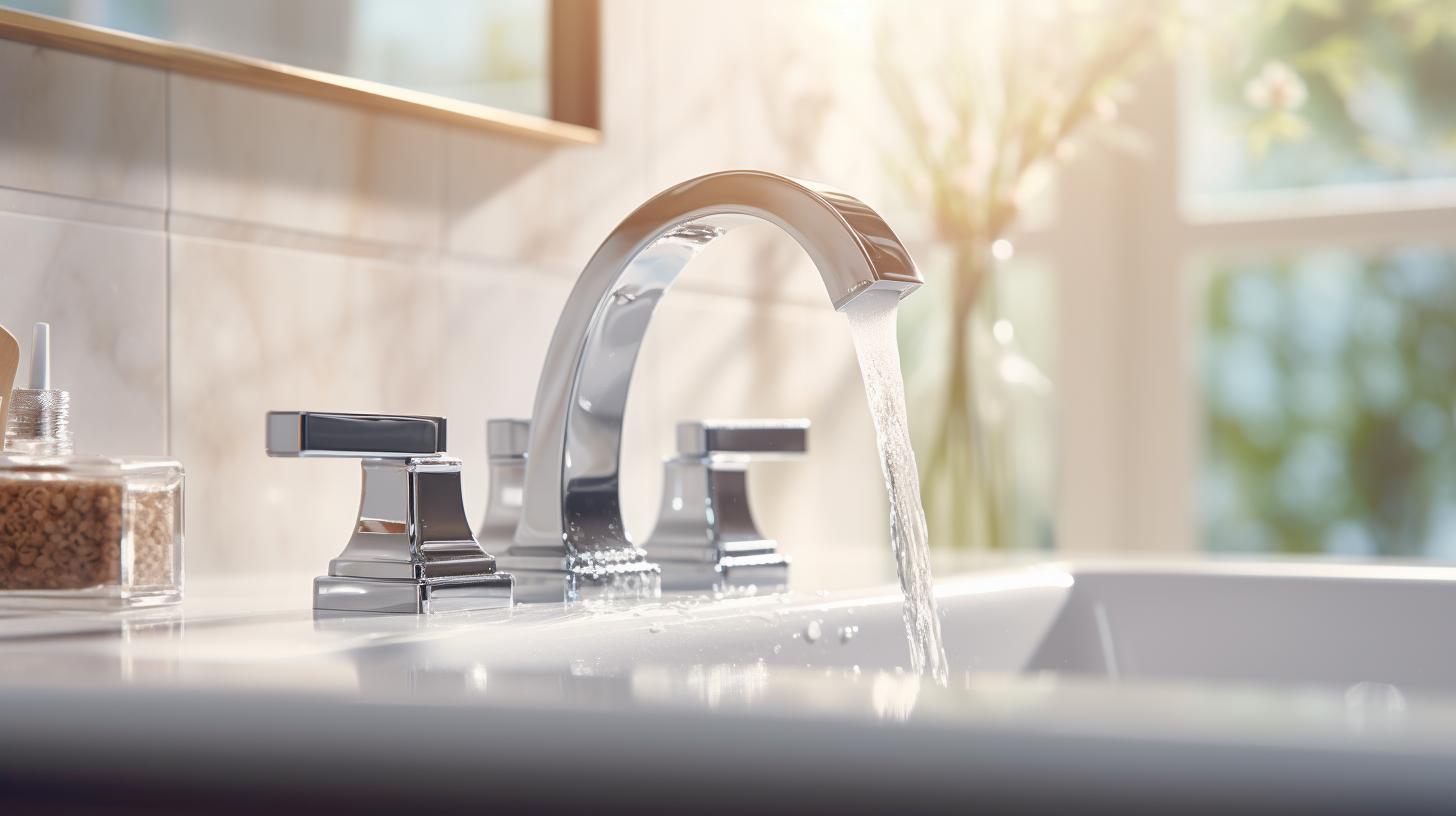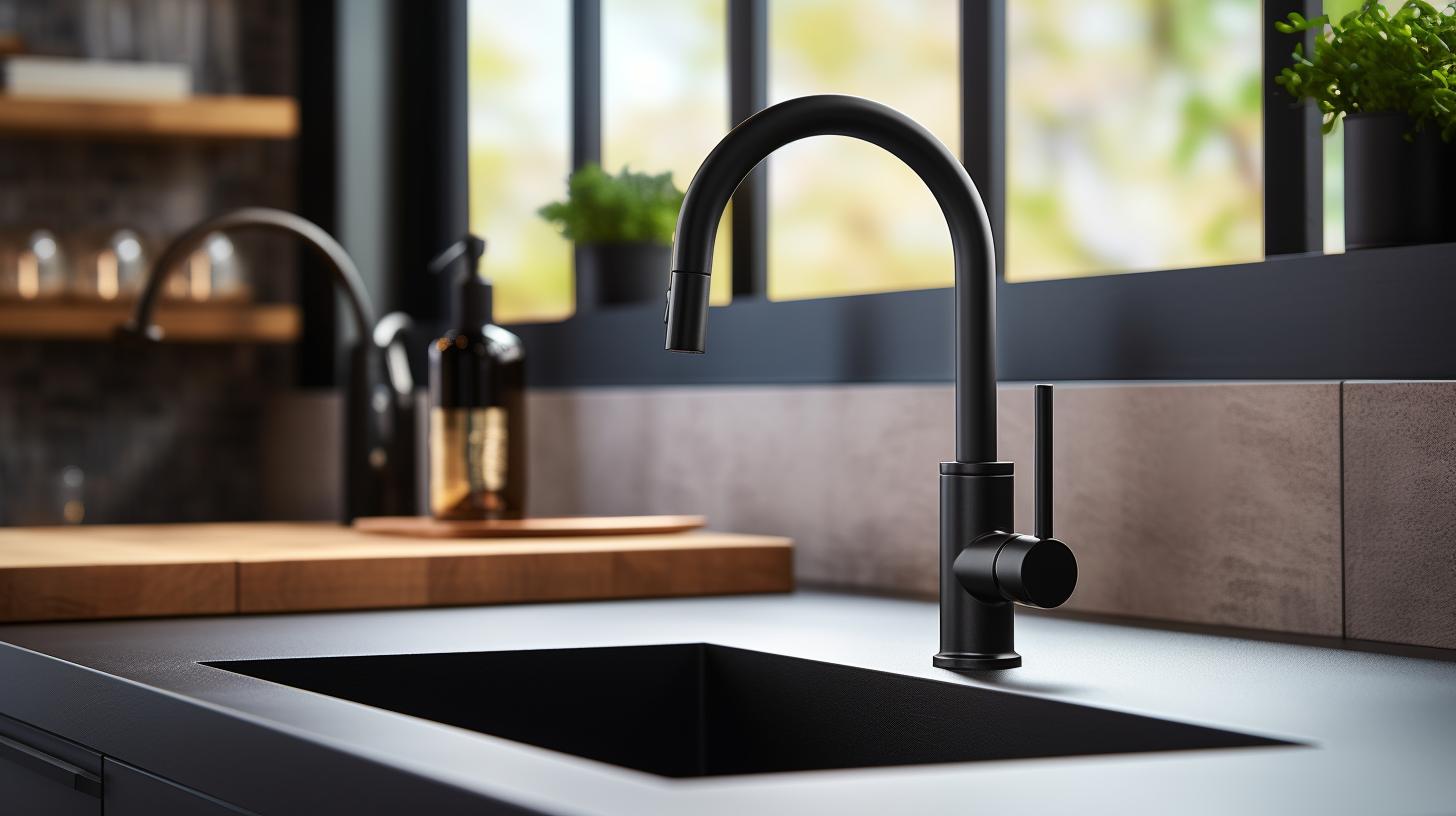Discover effective and easy cleaning methods to restore the shine and functionality of your sink faucet head. Follow our step-by-step guide and say goodbye to grime and mineral buildup.
Introduction: Are you tired of dealing with a dull and clogged sink faucet head? Do you long for a sparkling fixture that adds a touch of elegance to your kitchen or bathroom? Look no further! In this article, we will guide you through creative and effective solutions to clean and revitalize your sink faucet head, helping you achieve a like-new shine and optimum functionality. Say goodbye to stubborn grime and mineral deposits, and welcome the refreshing flow of water back into your life.
Section 1: Understanding the Importance of a Clean Sink Faucet Head
Maintaining a clean and functional sink faucet head is essential for both hygiene and aesthetic purposes. A buildup of grime, limescale, and mineral deposits can not only affect water flow but also lead to the growth of harmful bacteria. Additionally, a dirty faucet head can significantly impact the overall appeal of your kitchen or bathroom. Let’s dive into the step-by-step process of restoring your sink faucet head to its former glory.
Section 2: Step-by-Step Guide to Cleaning Your Sink Faucet Head
Preparing for a Refreshing Transformation
Before diving into the cleaning process, gather the necessary materials, including white vinegar, baking soda, an old toothbrush, a microfiber cloth, and a small bowl. Ensure you have enough space to work comfortably and protect the surrounding areas from potential splatters.
Removing the Faucet Head
Start by turning off the water supply to the faucet. Most sink faucet heads can be easily unscrewed using pliers or an adjustable wrench. Gently loosen the connection and remove the faucet head, taking care not to damage any surrounding fixtures.
Soaking in Vinegar Solution
Prepare a vinegar solution by mixing equal parts white vinegar and water in a bowl. Submerge the faucet head in the solution and let it soak for at least 30 minutes. Vinegar’s acidic properties will help dissolve mineral deposits and loosen stubborn grime.
Scrubbing Away Buildup
Using an old toothbrush or a soft brush, scrub the faucet head thoroughly, paying attention to hard-to-reach areas and crevices. The combination of vinegar and gentle scrubbing action will help dislodge any remaining deposits.
Banishing Limescale with Baking Soda
Create a paste by mixing baking soda with a small amount of water. Apply the paste to the faucet head and let it sit for a few minutes. Gently scrub the surface with the toothbrush, focusing on limescale-prone areas. Baking soda’s mild abrasiveness will help remove stubborn stains and brighten the metal.
Rinse and Reattach
Once you’re satisfied with the cleanliness of the faucet head, rinse it thoroughly with clean water. Ensure no traces of vinegar or baking soda remain. Reattach the faucet head carefully, tightening the connection securely.
Section 3: Maintaining a Pristine Sink Faucet Head
Heading: Proactive Tips for Long-Lasting Shine
Now that your sink faucet head is rejuvenated, it’s crucial to adopt preventive measures to maintain its pristine condition.
Regular Cleaning Routine
Incorporate regular cleaning into your household maintenance schedule. A quick wipe-down with mild soap and water, followed by a gentle scrub with a toothbrush, can keep your faucet head shining.
Use a Water Softener
Consider installing a water softener if your area has hard water. Softened water is less likely to leave mineral deposits and limescale on your faucet head, significantly reducing the frequency of deep cleaning.
Avoid Harsh Chemicals and Abrasives
To preserve the finish of your sink faucet head, steer clear of harsh chemicals and abrasive cleaning agents. Stick to gentle, non-abrasive solutions like vinegar and baking soda.
Dry Thoroughly
After each use, ensure the sink faucet head is dry to prevent mineral buildup and water spots. A quick wipe with a soft cloth will suffice.
Regular Inspections
Periodically inspect your sink faucet head for signs of wear and tear. Address any issues promptly to prevent further damage.
Conclusion: By following our comprehensive guide, you can now restore your sink faucet head to its original glory. Remember to clean it regularly and incorporate preventive measures to maintain its shine and functionality for years to come. Enjoy the refreshing flow of water and the pride of a sparkling fixture in your kitchen or bathroom!
FAQs:
Q1: Can I use other cleaning agents instead of vinegar? A1: While vinegar is an effective and natural cleaning solution, you can also use lemon juice or citric acid diluted in water.
Q2: How often should I clean my sink faucet head? A2: It is recommended to clean your faucet head at least once a month. Adjust the frequency based on your water hardness and usage.
Q3: Can I use a metal brush to clean my faucet head? A3: It is best to avoid metal brushes, as they can scratch and damage the faucet head. Opt for soft-bristle brushes or toothbrushes instead.
Q4: Are there any commercial cleaning products specifically for faucet heads? A4: Yes, there are commercial cleaning products available for faucet heads. Ensure they are safe for your specific faucet material and follow the instructions carefully.
Q5: What if my faucet head is still not functioning properly after cleaning? A5: If your faucet head continues to have issues with water flow, it is best to consult a professional plumber to diagnose and fix the problem.
Remember, a clean sink faucet head not only enhances the visual appeal of your kitchen or bathroom but also ensures a smooth and enjoyable water flow. So, why wait? Follow our tips and give your sink faucet head the attention it deserves.







